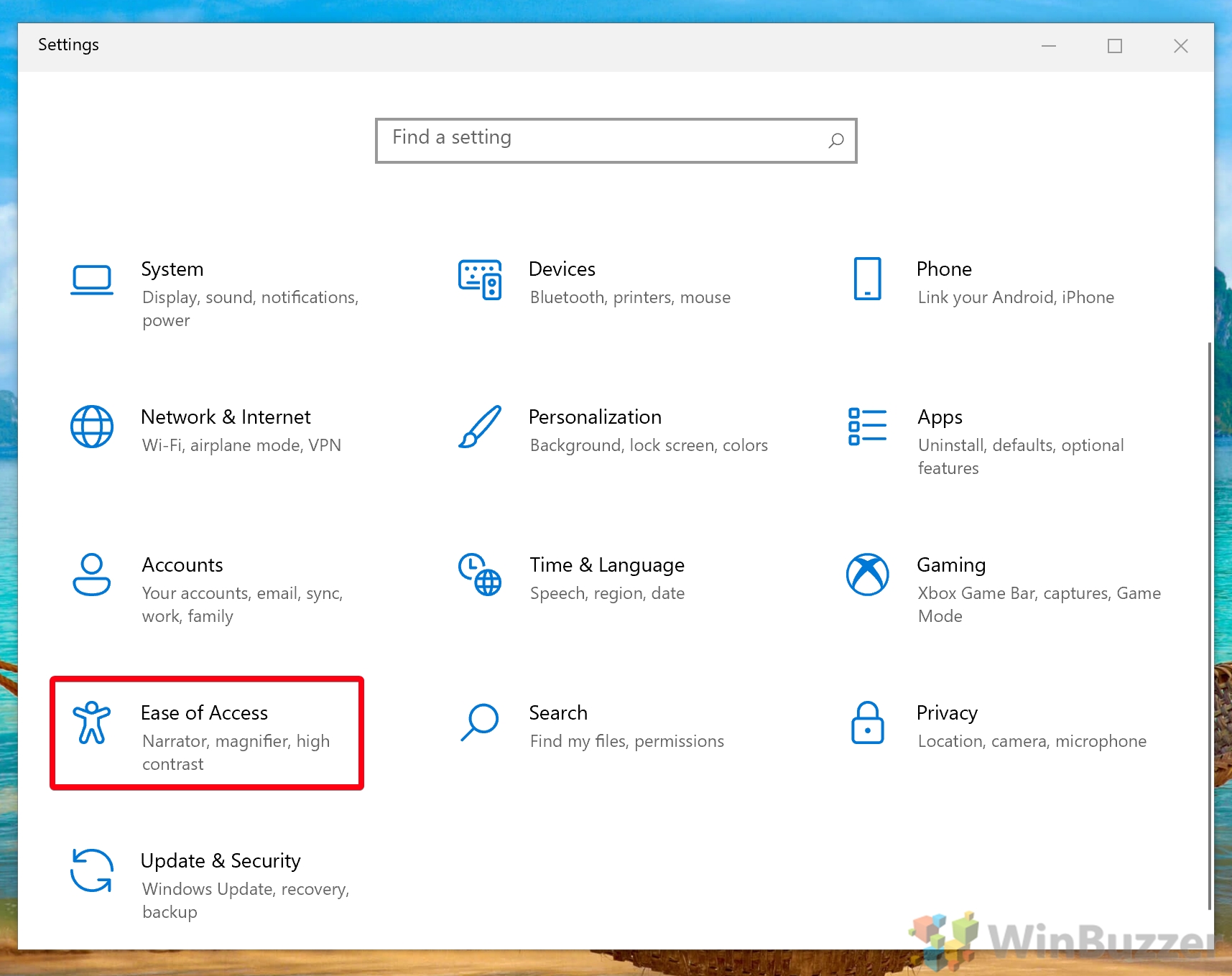Windows operating systems come with a plethora of features that cater to a wide range of user needs and preferences. These features are designed to enhance productivity, security, accessibility, and overall user experience. Here are some of the key features found in Windows:

-
User Interface: Windows offers a graphical user interface (GUI) that allows users to interact with the operating system using visual elements such as icons, windows, and menus. The Start button, taskbar, and desktop are central elements of the Windows user interface, providing easy access to programs, files, and settings.

-
File Management: Windows provides comprehensive file management capabilities. Users can create folders to organize files, copy, move, rename, and delete files, and search for files using various criteria. File Explorer (previously known as Windows Explorer) is the primary tool for managing files and folders in Windows.

-
Networking and Internet: Windows includes built-in networking features that allow users to connect to wired and wireless networks, share files and resources, and access the Internet. Windows also supports various Internet protocols and services, such as TCP/IP, HTTP, and FTP.
-
Security: Windows incorporates several security features to protect user data and privacy. These features include user authentication, access control, encryption, and malware protection. Windows Defender, the default security solution in Windows, provides real-time protection against viruses, malware, and other threats.
-
Multimedia: Windows comes equipped with a suite of multimedia applications and features. These include Windows Media Player for playing audio and video files, Photos for managing and editing images, and Groove Music for streaming music. Windows also supports various multimedia formats and codecs, allowing users to enjoy a wide range of multimedia content.
-
Accessibility: Windows offers a variety of accessibility features to make the operating system more accessible to users with disabilities. These features include magnifiers, screen readers, closed captioning, and keyboard navigation options. Windows also supports Assistive Technology (AT) devices, such as screen readers and braille displays, to further enhance accessibility.
-
Updates and Patches: Windows regularly releases software updates and security patches to fix bugs, improve performance, and address security issues. These updates are crucial for maintaining the stability, security, and compatibility of the operating system. Windows Update, a built-in tool, automatically checks for and installs available updates.
-
Backward and Forward : Windows allows users to run older programs, designed for previous versions of Windows, in compatibility mode. It also provides a seamless upgrade process, preserving user settings and files.
-
Customization: Windows allows users to customize the look and feel of the operating system, change the desktop background, apply themes, and adjust various settings to suit their preferences.
-
Performance Monitoring: The Task Manager tool in Windows provides users with insights into the performance of their system. It displays information about resource utilization, running processes, and hardware components. This tool helps users identify potential bottlenecks and resolve performance issues.
These are just a few of the many features found in Windows, demonstrating its versatility and adaptability to meet the diverse needs of users across home, business, and enterprise environments.

This text is extremely informative. Its useful. 😉
Its very bad worck completed by your team. Hire a good editor, its too difficult to read.
Informative piece of writing! Thanks for the content.
5 ways to make windows a bit more accessible.
1) use magnifier
2) change mouse cursor size
Mag nifying glass. That is a funny way of saying magnifying glass.
Why, Windows would implement unneccesary features that noone needs?
Literacy is hard, windows makes it eazier
5 ways to make windows a bit more accessible, i love it!
The contrast feature can sometimes make things harder to read on some webpages! Making something more accessible does not necessarily make it better!!